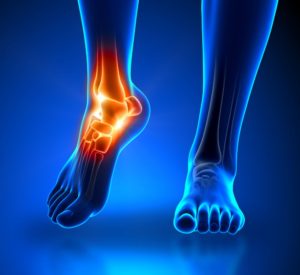 Did you know almost one-third of all injuries incurred in childhood are sports-related injuries? By far, the most common injuries are sprains and strains. If you’re out being active this summer, you may get a sprain or strain at some point. Let’s find out more about them.
Did you know almost one-third of all injuries incurred in childhood are sports-related injuries? By far, the most common injuries are sprains and strains. If you’re out being active this summer, you may get a sprain or strain at some point. Let’s find out more about them.
What are sprains and strains?
A sprain is an injury to a ligament —a stretching or a tearing. One or more ligaments can be injured during a sprain. The most frequently sprained ligaments are in the ankles, knees and wrists. Signs of a sprain are:
- Pain that is in the soft “squishy” tissue over a bone rather than directly on the bone itself
- You can usually put weight on it, even if it’s painful
- Swelling and bruising around the area
- Limited movement or mobility of the affected area
- A “popping” (not “cracking”) sound at the time of the injury
A strain is an injury to either a muscle or a tendon generally caused by overuse, force, or stretching. Depending on the severity of the injury, a strain may be a simple overstretch of the muscle or tendon, or it can result in a partial or complete tear. Strains can be a result of overuse, trying out a new exercise or sport your muscles aren’t used to, or that first weekend of heavy yard work. The hamstring (thigh muscle), calf muscle, and Achilles tendon are commonly strained. Signs of a strain are:
- Pain
- Swelling
- DIfficult moving the muscle
- Muscle spasms
During the summer, sprains and strains can happen to both summer jobs and summer sports activities. Both these two injuries are caused by similar actions and are often grouped together, but can typically tell the difference between them. While sprains happen are most common in the wrists, knees or ankles, strains are more likely to occur in the back, neck or leg muscles. The next step is to not to move the injured body part at all. If you try to walk on an injured leg or lift it with an injured arm, it only makes it worse.
If you think you or a loved one has a break, sprain or strain, your best step is to get to the doctor, ER or urgent care (depending on the time of day and urgency). We encourage you to contact our team (909) 941-2273 for pre-screening. An x-ray can confirm or rule out a broken bone, and can quickly diagnose your injury and provide the treatment for your road to recovery.
